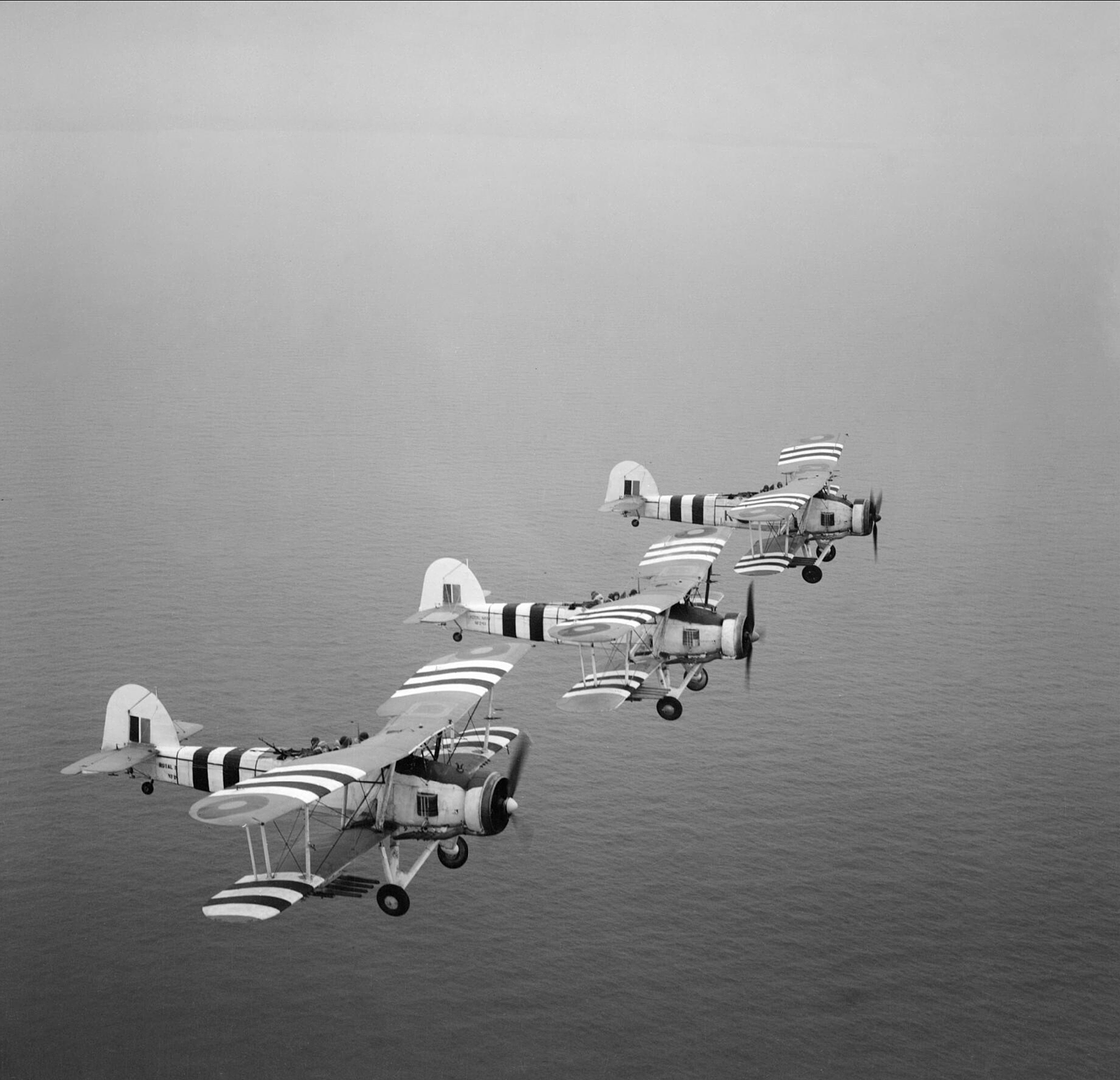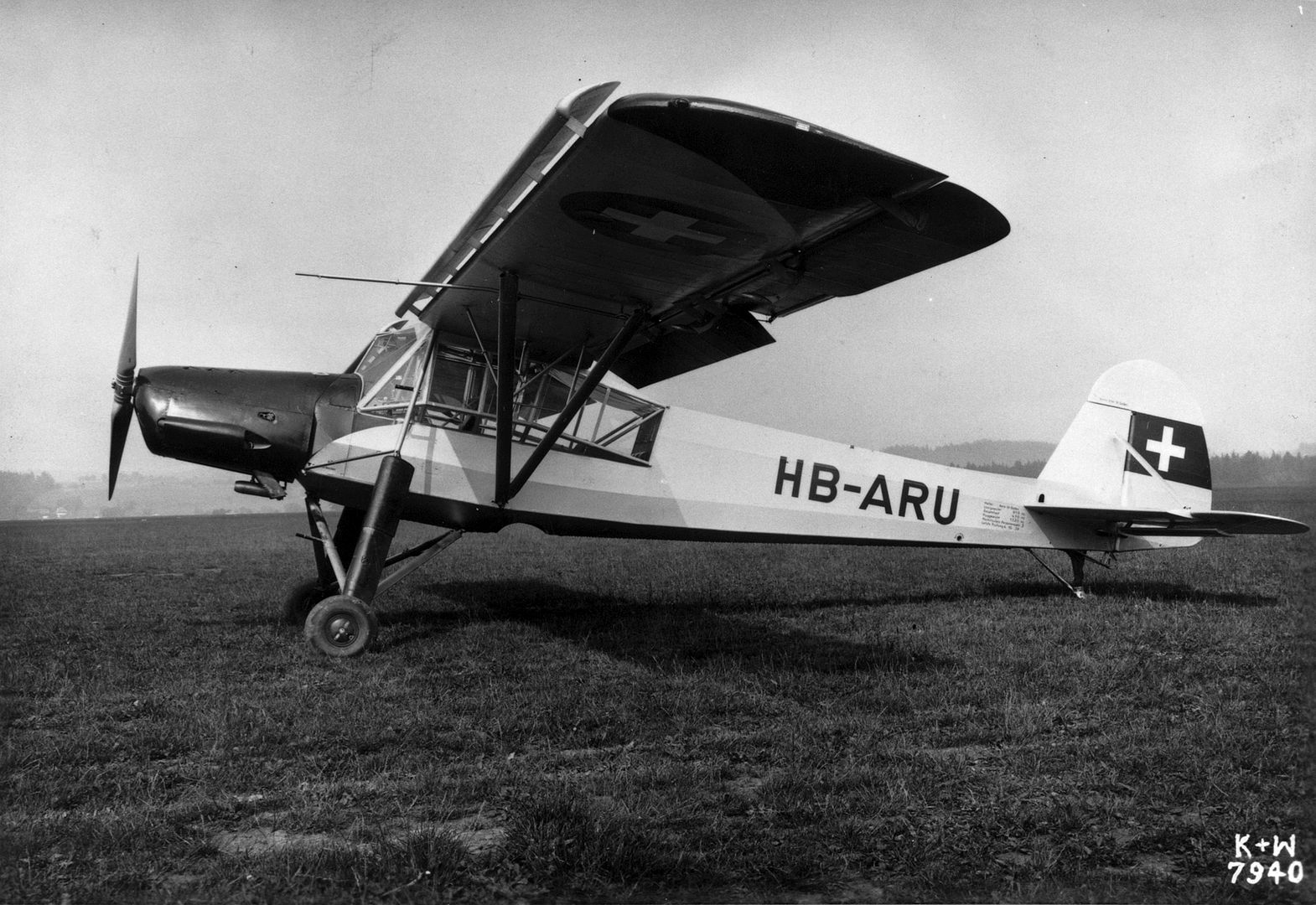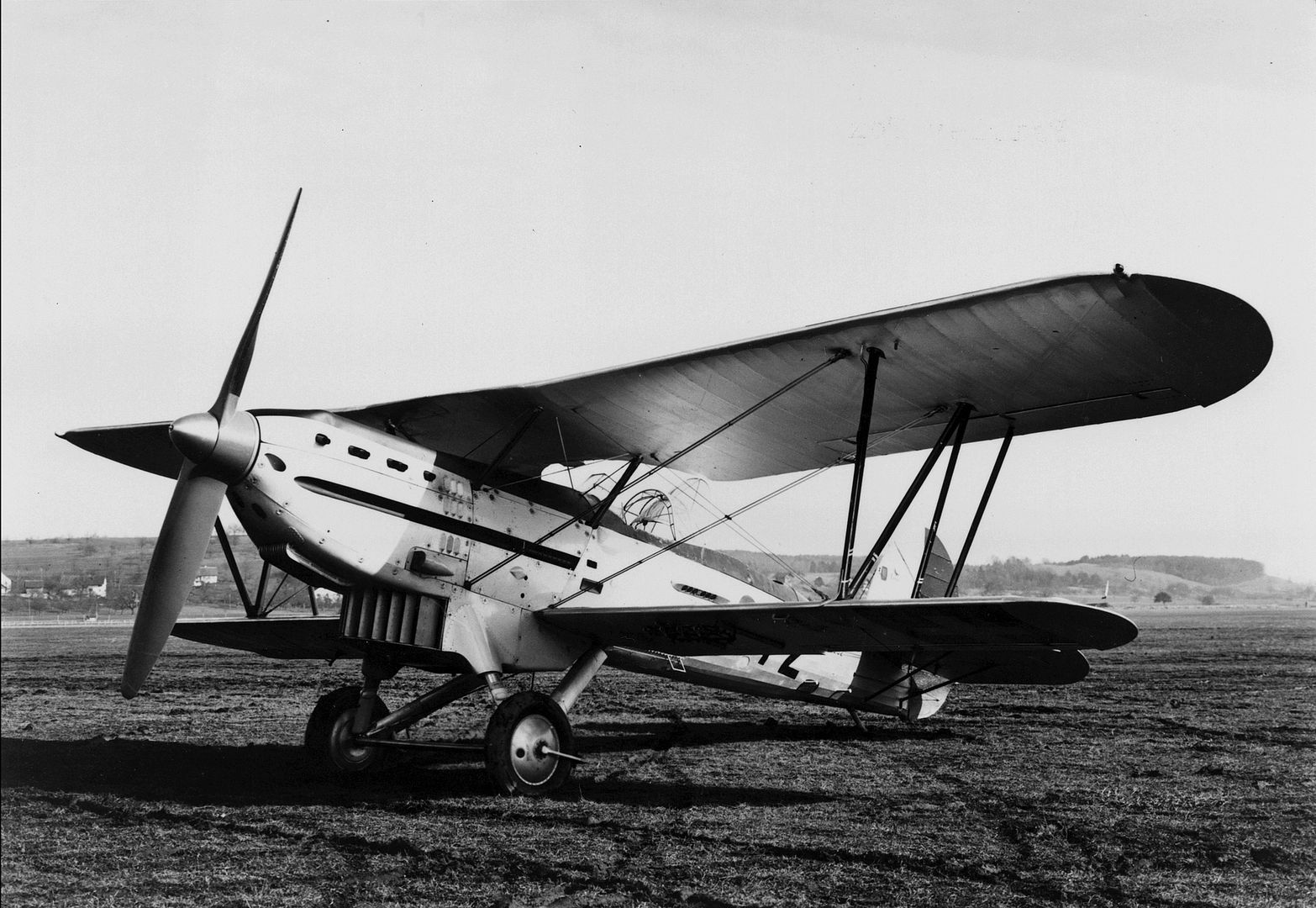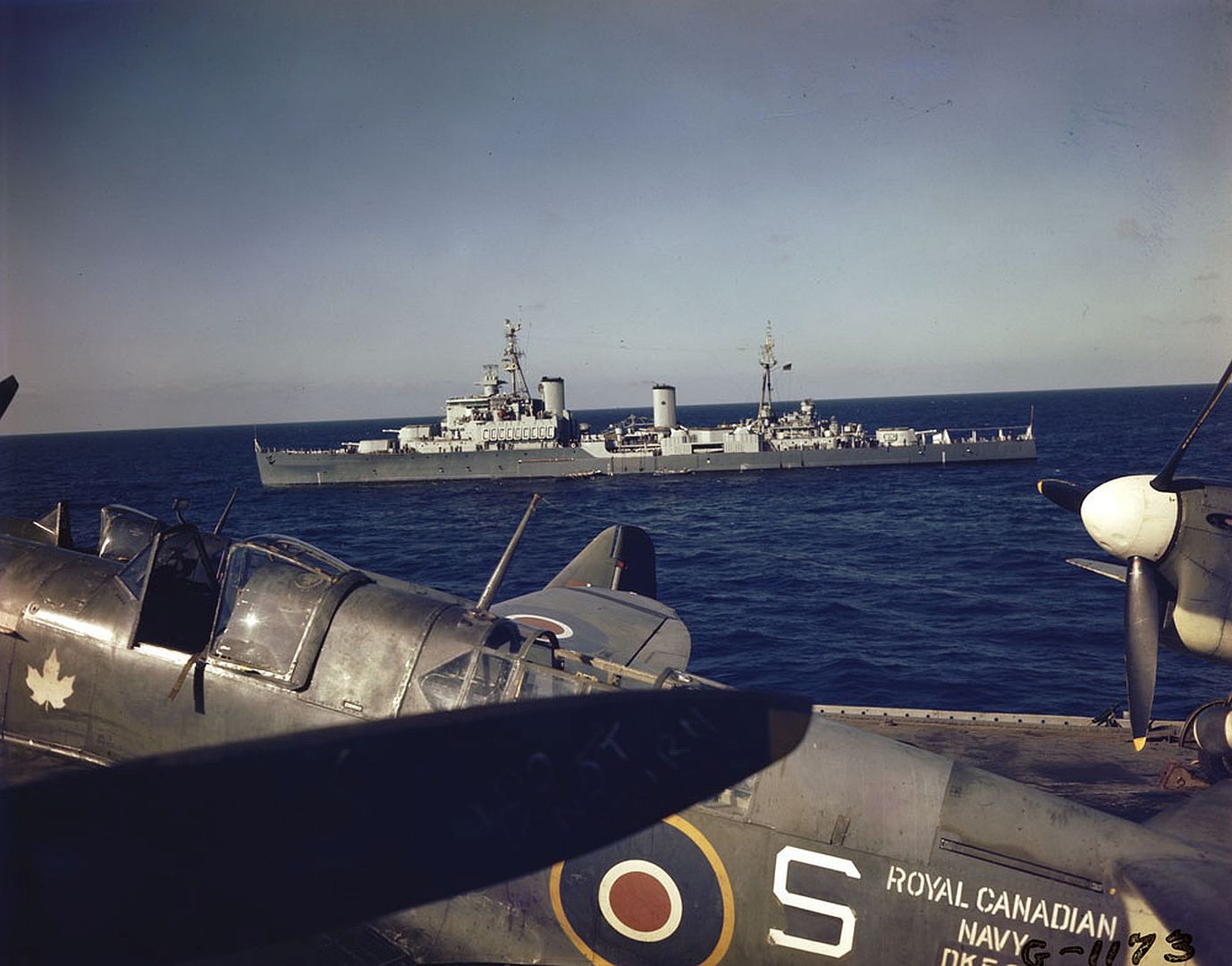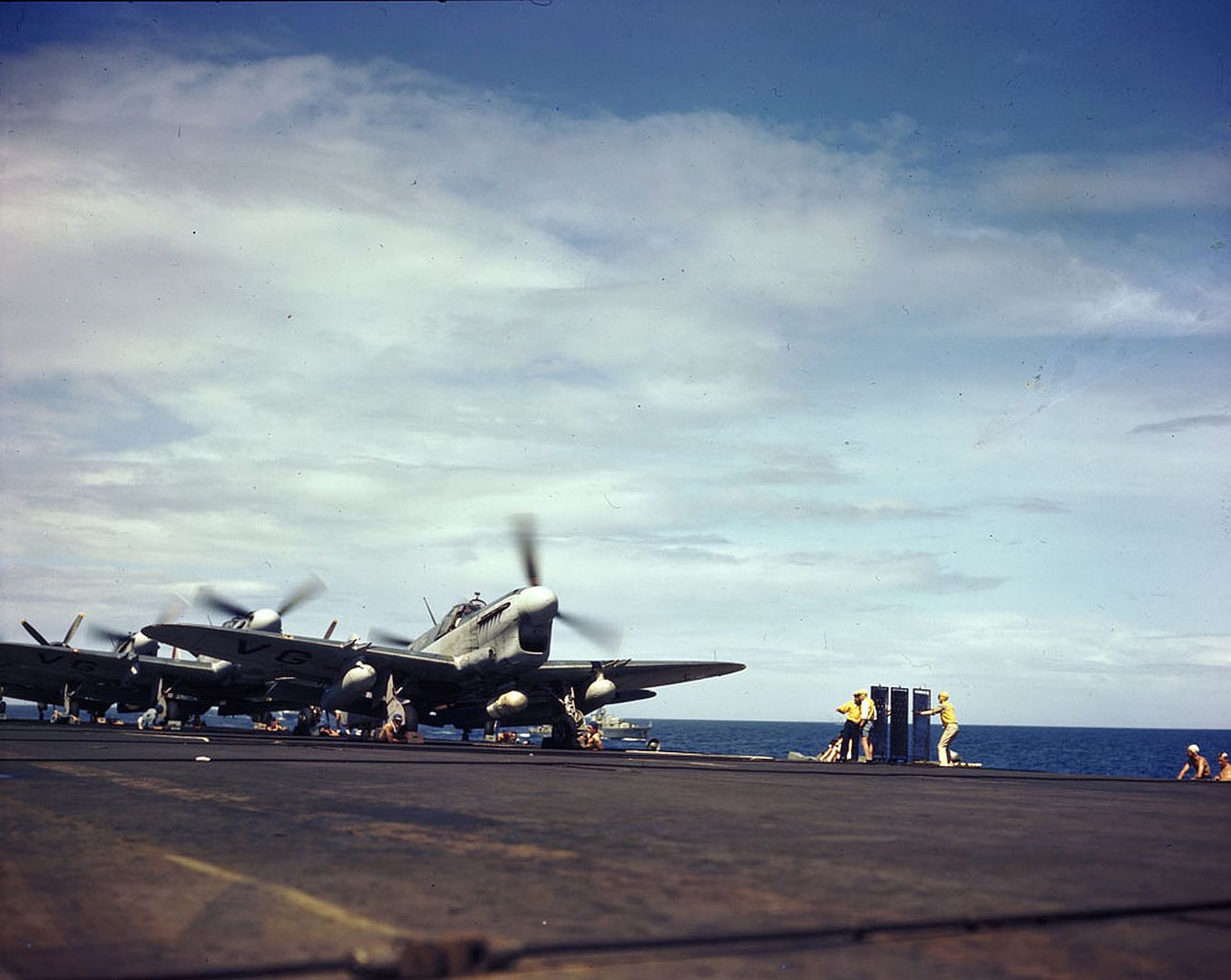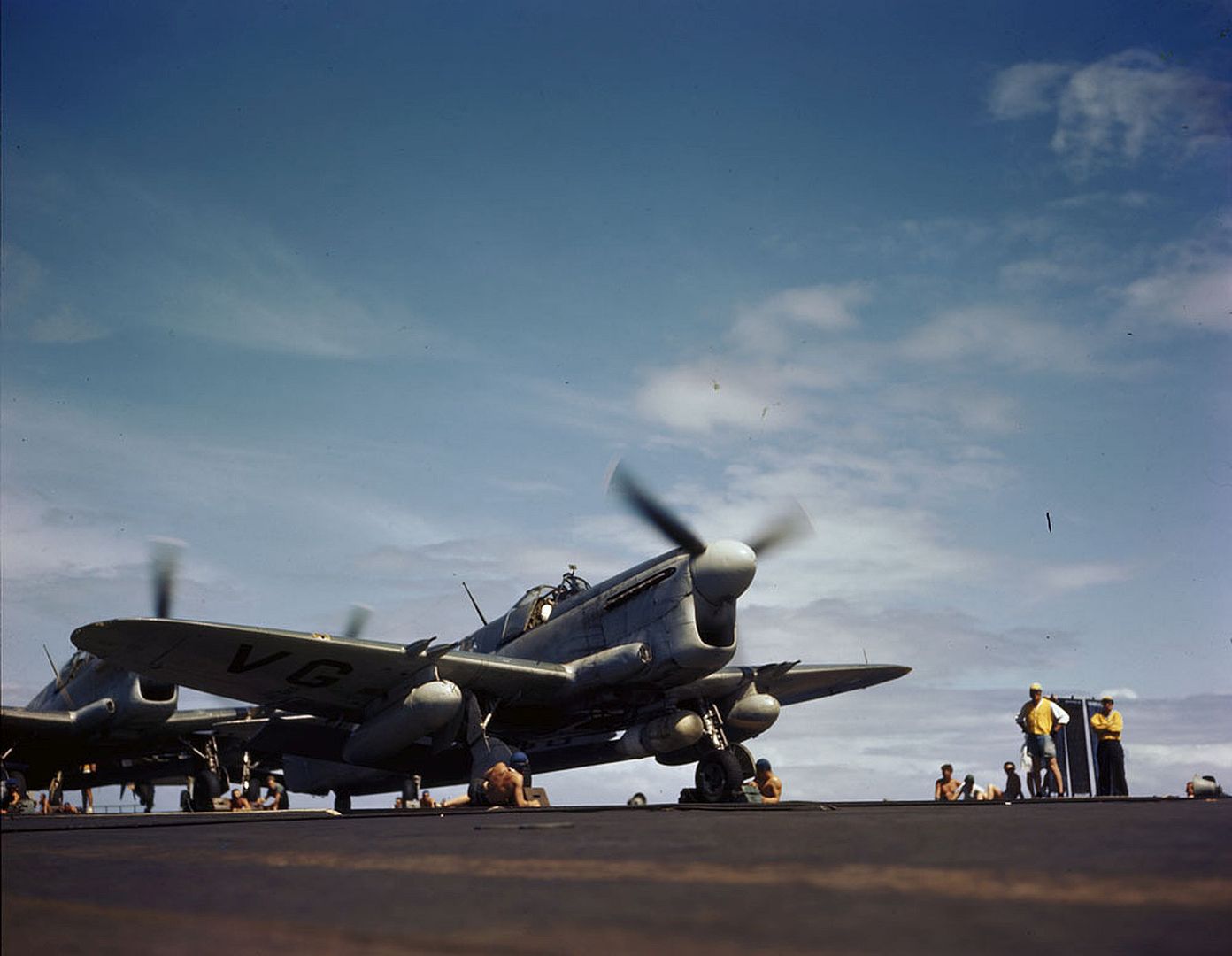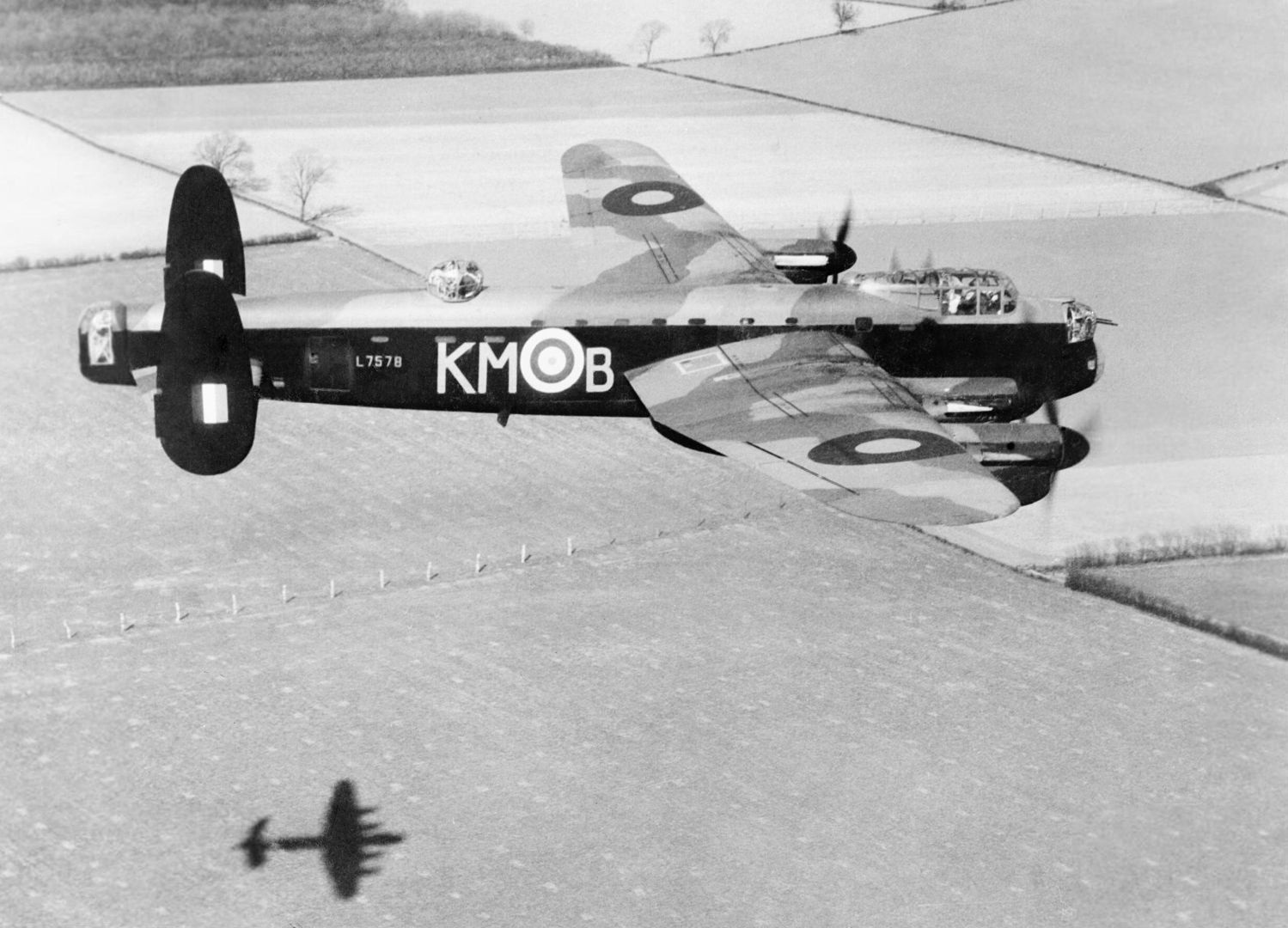Forums
- Forums
- Axis And Allies Forum
- General Discussion
- Photo of the week
Photo of the week
Post a reply
- Go to Next topic
- Go to Welcome
- Go to Introduce Yourself
- Go to General Discussion
- Go to Screenshots, Images and Videos
- Go to Off topic
- Go to Works in Progress
- Go to Skinning Tips / Tutorials
- Go to Skin Requests
- Go to IJAAF Library
- Go to Luftwaffe Library
- Go to RAF Library
- Go to USAAF / USN Library
- Go to Misc Library
- Go to The Ops Room
- Go to Made in Germany
- Go to Campaigns and Missions
- Go to Works in Progress
- Go to Juri's Air-Raid Shelter
- Go to Campaigns and Missions
- Go to Works in Progress
- Go to Skinpacks
- Go to External Projects Discussion
- Go to Books & Resources
-
 Main AdminThis midweeks photo's.
Main AdminThis midweeks photo's.
In the US, two Mk IXs were experimentally fitted with Mustang 62-gallon underwing drop tanks. These were of metal construction and of teardrop form. The Aircraft & Armament Experimental Establishment (A&AEE) at Boscombe Down tested the jettison properties of this tank from the Spitfire. At 250 mph, the tanks jettisoned cleanly but at 300 mph the tail of the tank rose sharply and struck the underside of the wing heavily enough to dent the skin. Although this failing was presumably not beyond correction, the 62-gallon tank appears not have been adopted for operational use.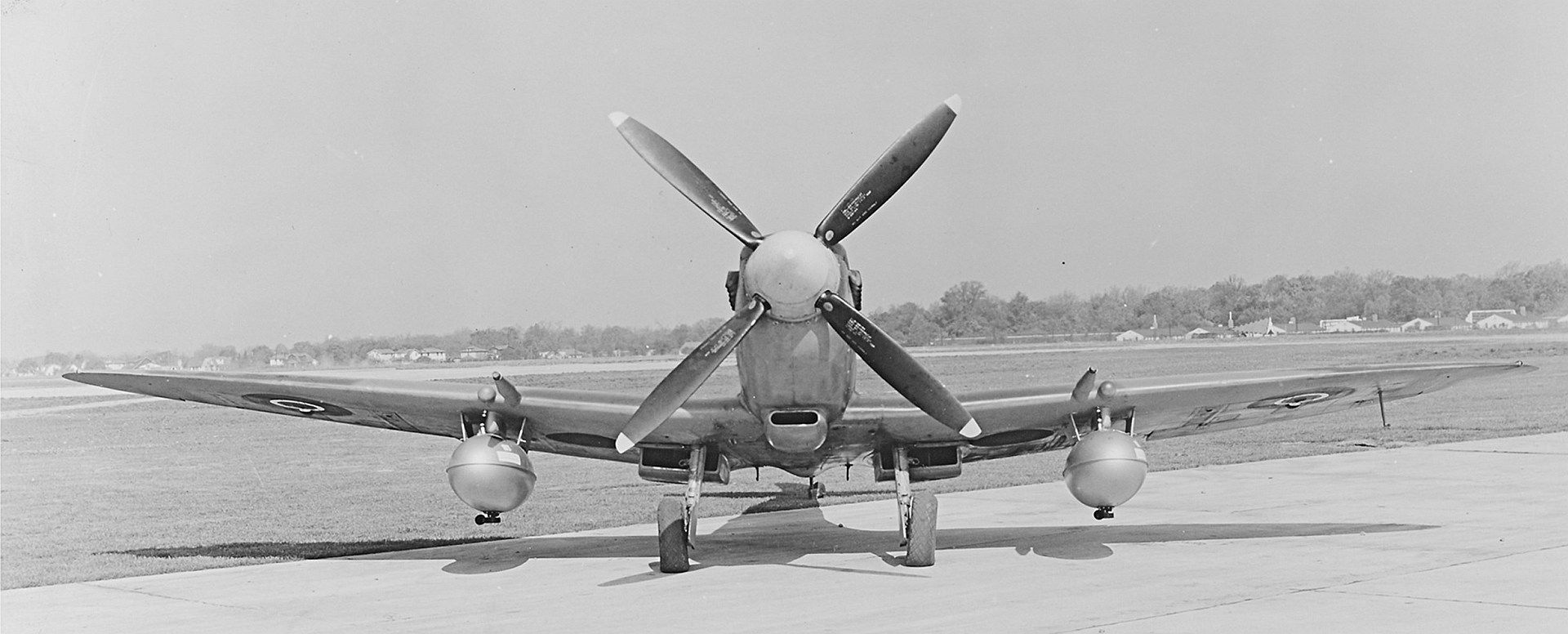

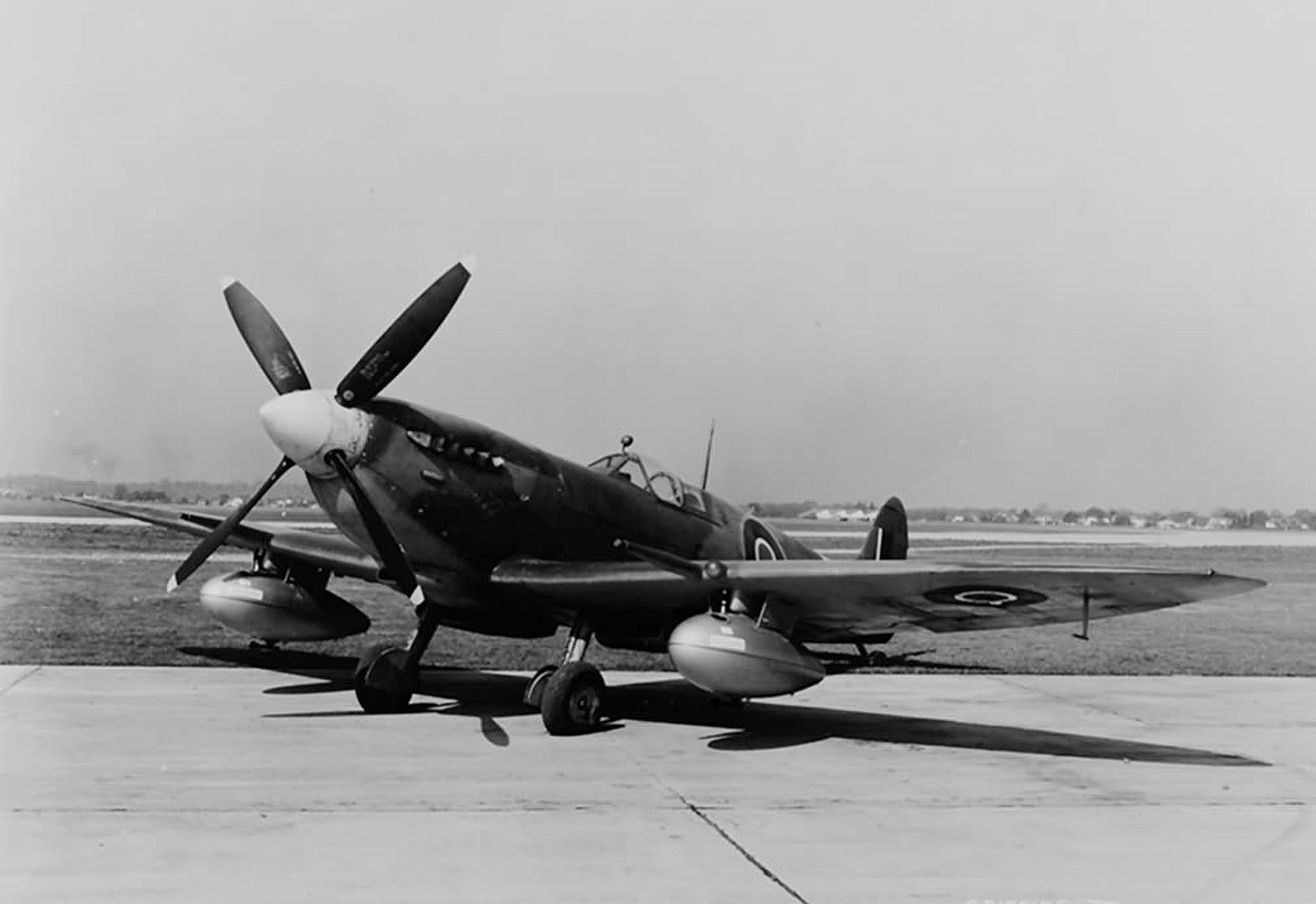
-
 Main AdminThis weekends photo's.
Main AdminThis weekends photo's.
The Fiat G.212 was an Italian three-engine airliner of the 1940s. An enlarged development of Fiat's earlier G.12 transport, it was used in small numbers in commercial service and by the Italian Air Force.
The G.212CP entered service with Avio Linee Italiane ("Italian Airlines"), which ordered six, in 1947, being operated on routes within Europe.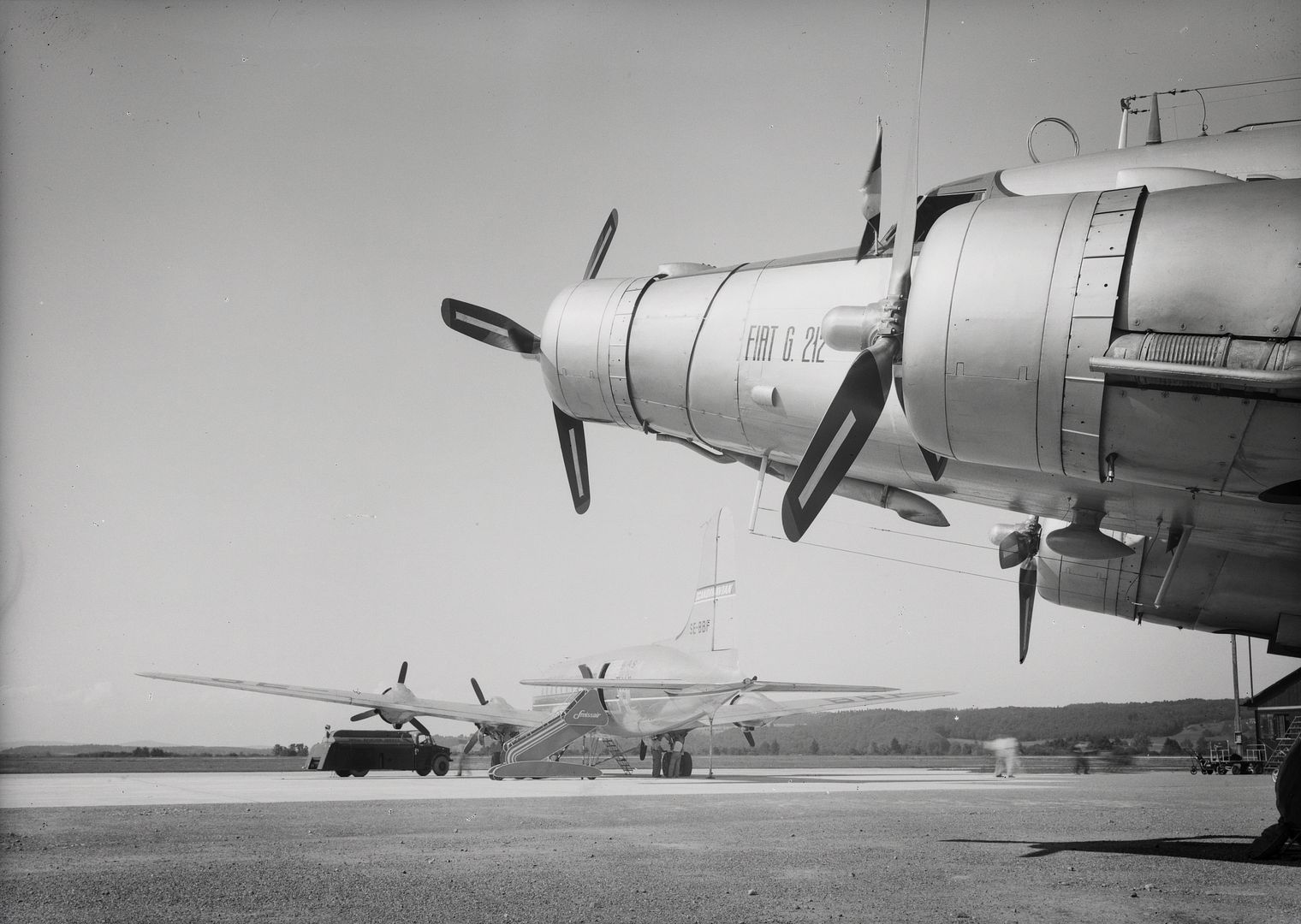
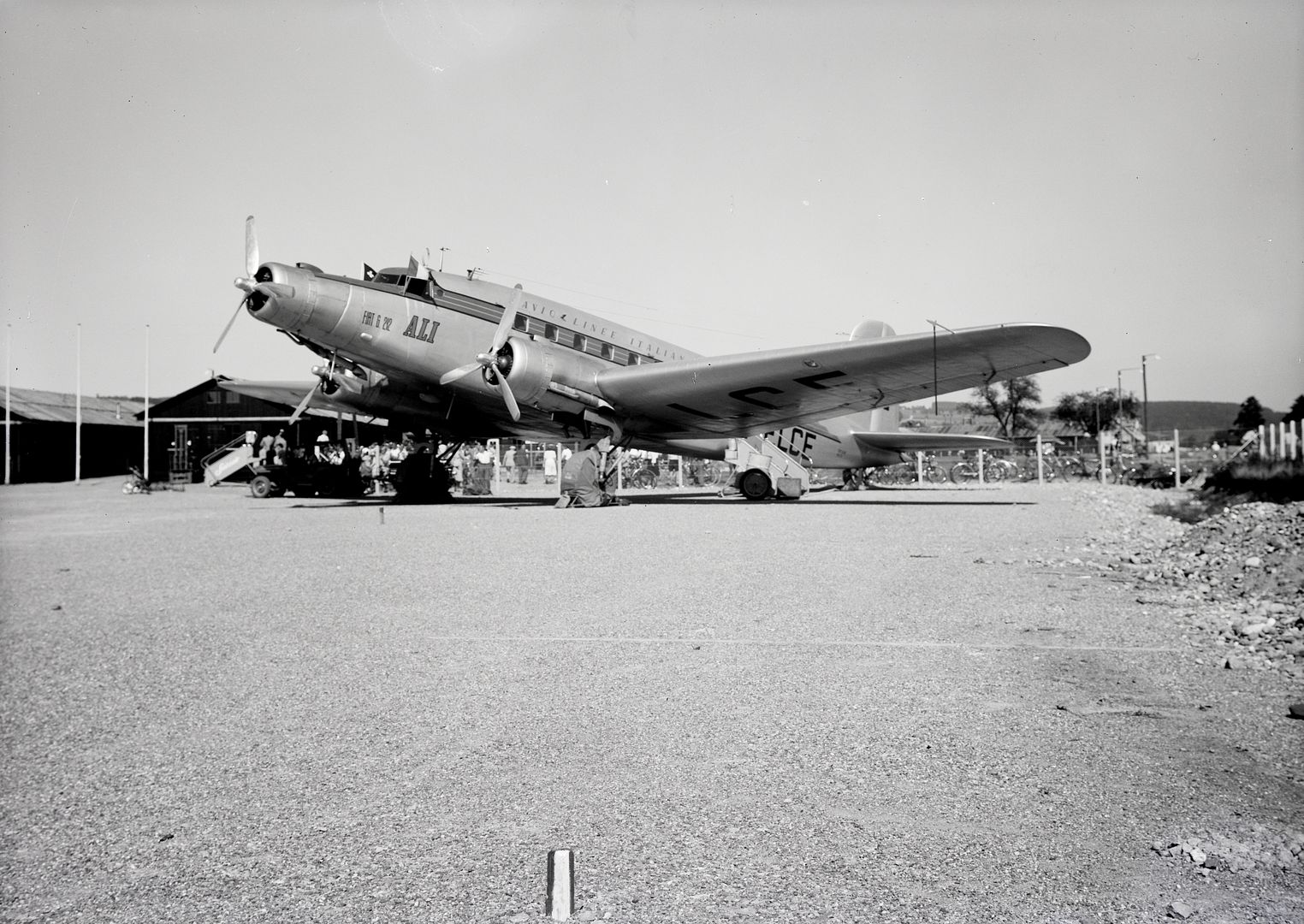

-
 Main Admin
Main Admin -
 Main Admin
Main Admin -
 Main Admin
Main Admin -
 Main AdminThis weekends extra.
Main AdminThis weekends extra.
Taken at Zurich "Kloten".
In my opinion the most beautiful turboprop airliner ever built.
Aviation historian Peter Pigott summarised the impact of the delays during production:
"Had the Britannia appeared in 1950, when it was faster than every American aircraft, it would have put the British at the forefront of commercial aviation sales. Now, competing with the Boeing 707, the turboprop airliner had become pass?."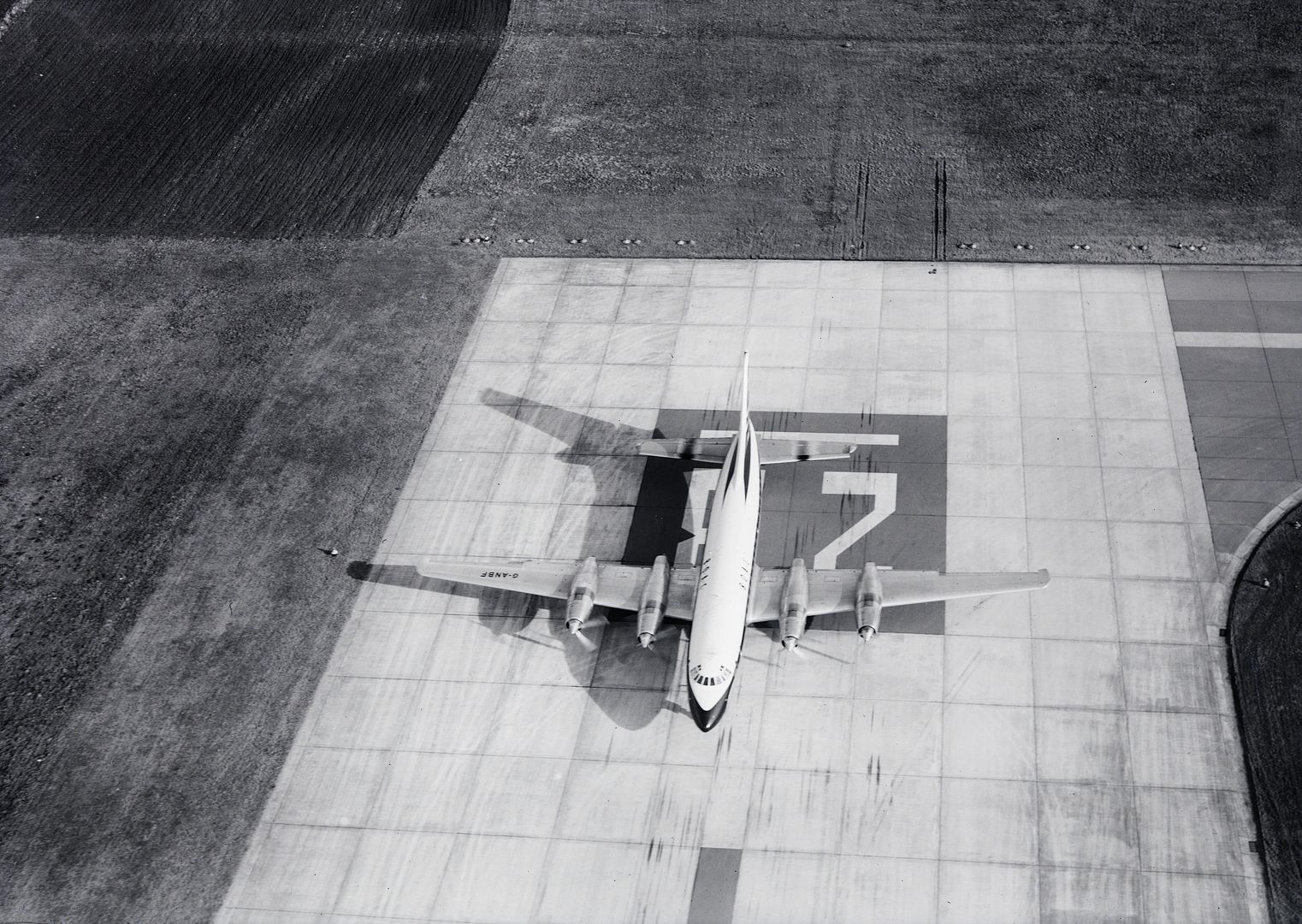
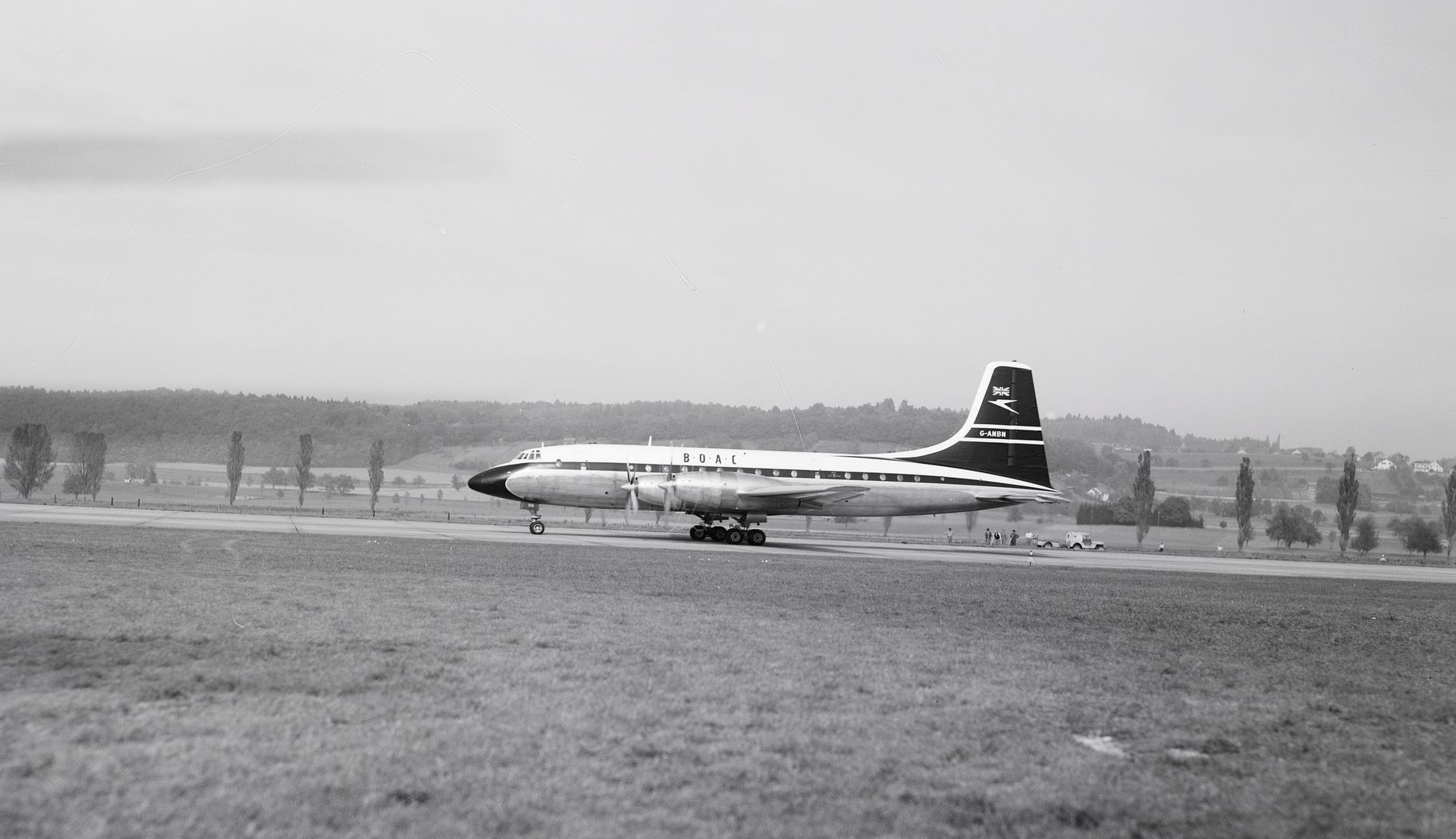
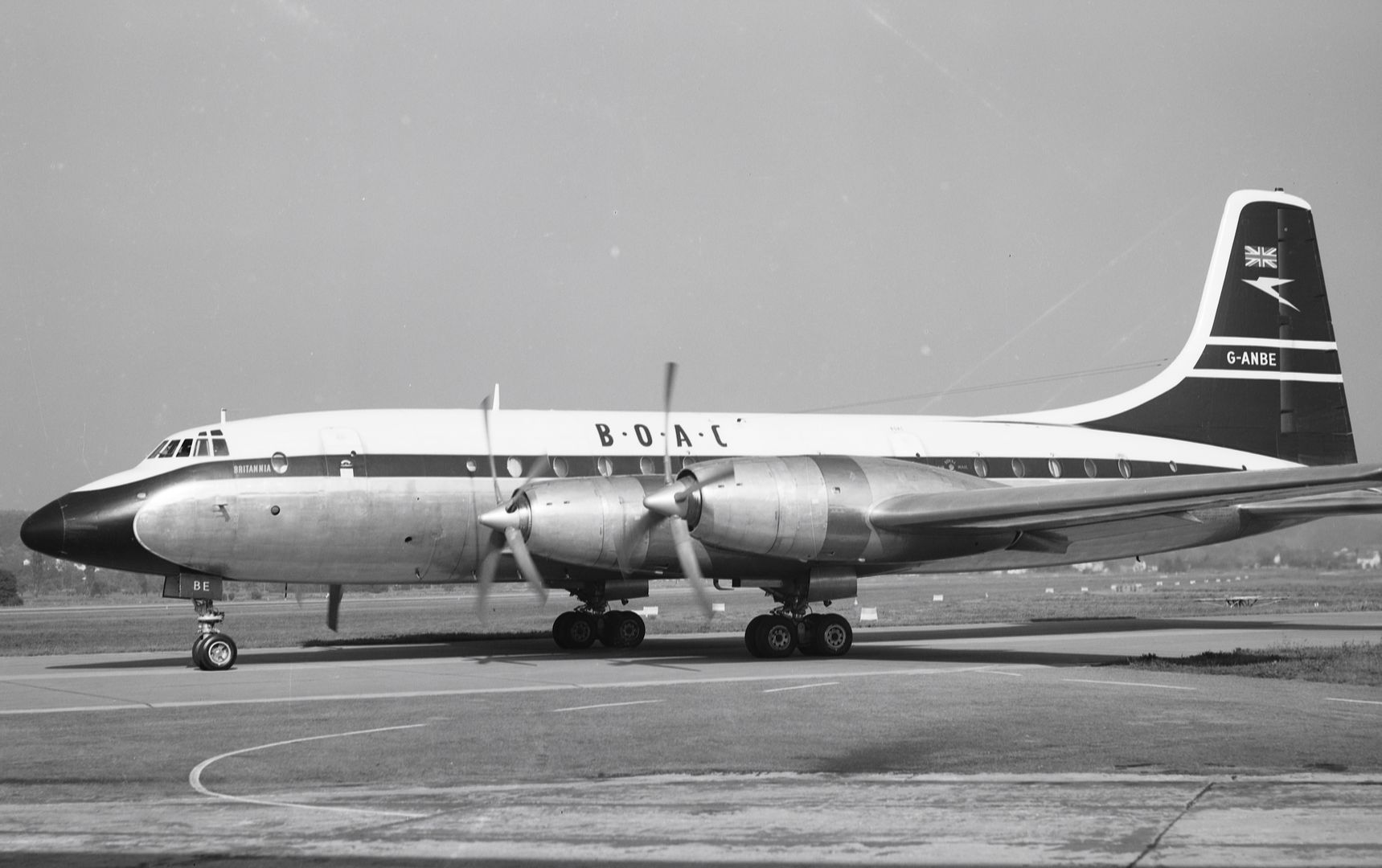
-
 Main Admin
Main Admin -
 Main AdminThis weekends photo.
Main AdminThis weekends photo.
VR--X-terminator KB-732
Originally published in the Winter 2002 Edition of Airforce Magazine.
- by Dave Birrell. Thanks.
KB-732 was the serial number of the thirty-third of 430 Lancasters that rolled off the Victory Aircraft assembly line at Malton, Ontario during the Second World War. Flown to Britain during April, 1944, the aircraft was assigned to No. 419 Squadron of No. 6 Group, the Canadian arm of Bomber Command. No. 419 Squadron, together with another Canadian squadron, No. 428, was based at Middleton-St. George, about 55 miles north of York. Upon its arrival it had the letters VR-X painted on its fuselage, "VR" being the marking for No. 419 Squadron aircraft and "X" designating this particular aircraft within the squadron.
But KB-732 wasn't the first Lancaster to be designated VR-X. Lanc KB-713 carried the markings from April, 1944 until it was shot down during a raid on the railyards at Louvain during the night of May 12/13, 1944. P/O B.F. Edwards and crew were all killed when the aircraft, known as "X-Ray" was attacked by a JU-88 enemy nightfighter on the way to the target and crashed at Coxyde, Belgium. KB-732 became the new VR-X on May 15, 1944.
During the night of June 7/8, 1944, VR-X-terminator, as it became known because of the nose art painted below the cockpit, became the first Canadian built Lancaster to shoot down an enemy fighter. The pilot on that flight was F/O Wm. John (Andy) Anderson. This wasn't the first VR-X the crew had taken out as they had two training flights in their logbooks aboard the former VR-X, nine days before it was lost.
Ten minutes after bombing the railway junction at Acheres, Rear-gunner Sgt. W.F. (Bill) Mann and Mid-upper gunner Sgt. P.F. (Paul) Burton shot down an enemy Junkers-88. According to bomb-aimer Jim Steels, KB-732 was, "only at 5000 feet and the E.A. was seen to burn on the deck by all of the crew except the navigator, Bill Behan." Both air-gunners received the DFM the following October in recognition of this action. Their citations referred specifically to the night of June 7/8 but went on to state that they had, "displayed notable determination and devotion to duty throughout. On several occasions they have driven off enemy aircraft and in so doing, have displayed great coolness and co-operation."
Andy Anderson's crew completed its last of five operations in KB-732 on July 20, 1944, a daylight raid against a V-1 Flying Bomb site near St. Omer.
The air-gunners aboard VR-X claimed the destruction of a second enemy aircraft, this time an FW-190, while on a raid to Hamburg on the night of July 28/29, 1944. The fighter was observed in the light of flares that the Luftwaffe had dropped in order to illuminate the bombers. Rear gunner Sgt. F.W.J. Flippant (RAF) shouted, "Corkscrew port," and let go a five second burst from 700 yards as his pilot began the violent manoeuvre designed to shake off the fighter. Re-adjusting his sights, he fired another burst and observed strikes on the fighter's engine and black smoke. It was claimed as 'probably destroyed.'
What was likely KB-732's closest call came during a raid to Bremen on the night of August 18/19, 1944. Five No. 419 Squadron Lancasters returned with damage, VR-X's being severe (Category "A") with repairs necessary to both the rear and mid-upper gun turrets. None of her crewmembers were injured however.
April 25th saw the last raid of the war for X-terminator, for the squadron, and for No. 6 Group. The target was Wangerooge, the coastal batteries on the Frisian Islands that were controlling the approaches to the ports of Bremen and Wilhelmshaven. The RCAF was well represented as 192 of the 482 bombers were from No. 6 Group. The Canadian aircraft included 92 Halifaxes from 408, 415, 425, 426, and 432 Squadrons and 100 Lancasters from 419, 424, 427, 428, 429, 431, 433, and 434 Squadrons. 15 of the Lancs were from 419 Squadron.
Both the significance of the aircraft and this raid was recognized at the time as AVM C.M. "Black Mike" McEwan (A.O.C. No. 6 Group) and others posed in front of the aircraft's nose for a photograph prior to the squadrons departure. X-terminator was to be flown by F/L Barney Wickham with F/O Bob Bodie (navigator), F/O Bill Wright (bomb aimer), W/O1 Jack Lequesne (wireless operator), Sgt Jerry Joerissen (flight engineer), F/Sgt Tommy Martin (mid upper gunner), and F/Sgt Don McTaggart (rear gunner). F/O Bodie had been the navigator with Andy Mynarski's crew when Lancaster KB-726 was shot down on June 13, 1944. Mynarski was awarded the Victoria Cross for his actions on that day.
Take off for KB-732 was at 14:37 for the daylight operation and the weather was clear. But X-terminator had been flying ops regularly for almost a full year and was getting tired. As rear gunner Don McTaggart recalls, "KB-732 was the second oldest kite on the squadron. We had to set course and climb to our given height enroute (rather than gain height over the aerodrome and then set course) otherwise we'd have been late on target."
As the bombers began to approach the target and concentrate into their "gaggle" Don watched as, "Two Halifax aircraft to our starboard collided and went down into the North Sea. Moments later two Lancs from No. 431 behind us and to our port side, collided and as they fell, collided with two more aircraft. All four disintegrated as they went down, with bodies coming out of fuselages, some with chutes and some without, and into the sea." The two Lancasters were Canadian and both from No. 431 Squadron. KB-822 was flown by F/O B.G. Baker and KB-831's pilot was F/L B.D. Emmet. Two of the Hali's that went down were Canadian as well, a No. 408 Squadron aircraft flown by F/L A.B. Ely and a No. 426 Squadron Halifax piloted by WO2 J.C. Tuplin.
The remaining aircraft carried on. Don recalls that, "Flak was quite heavy over the target and as bombers were flying so close together, it's miraculous that only a single aircraft was shot down." Avoiding disaster one final time, X-terminator, "narrowly missed being hit by falling bombs from a Lanc almost directly above us. This turned out to be our own c/o, W/C M.E. Ferguson flying VR-W (KB-851)."
X-terminator took her time going home. It seems fitting that KB-732, now the grand old lady, was the last of the No. 419 Squadron Lancasters to land following the raid to Wangerooge, the squadron's and No. 6 Group's final operation of the war. Sixteen minutes later a No. 428 Squadron Lancaster was the last aircraft to land at Middleton St.-George. F/L Dave Walsh's delay was due to a "valiant effort" that had impressed his fellow airmen during the return flight as he flew over the four fallen Canadian aircraft, marking their position and reporting to Air/Sea Rescue. Sadly however, none of the 28 aircrew survived.
Following the raid the 84th bomb marker was painted below X-terminator's cockpit and its wartime duties were complete.
This illustrious aircraft left for Canada in early June, piloted by F/L Dave Lambroughton and crew. Landing in Yarmouth, Nova Scotia on June 10th, it spent the summer in Nova Scotia as preparations were made for the Canadian Lancasters to enter combat in the Pacific. But with the dropping of the atomic bombs, the war there ended as well.
On a single day in September, 1945, KB-732 was one of 83 Lancasters to land at the former No. 2 Flying Instructors School at Pearce, Alberta, just east of Fort Macleod. It must have been a spectacular sight and stories have been told of the pilots flying at low level over nearby farms, terrifying farm animals prior to landing. Seventeen of this armada of wartime bombers were squeezed into the hangars and placed into long-term storage. The remainder were neatly arranged on the old tarmac. They had their engines run-up each morning until they were flown to other storage areas in Alberta. This took six months, the operation being carried out by Ray Wise and three other RCAF mechanics. X-terminator was eventually flown to Calgary, placed in long-term storage, and finally "Struck off Strength" on May 15, 1948 and broken up for scrap.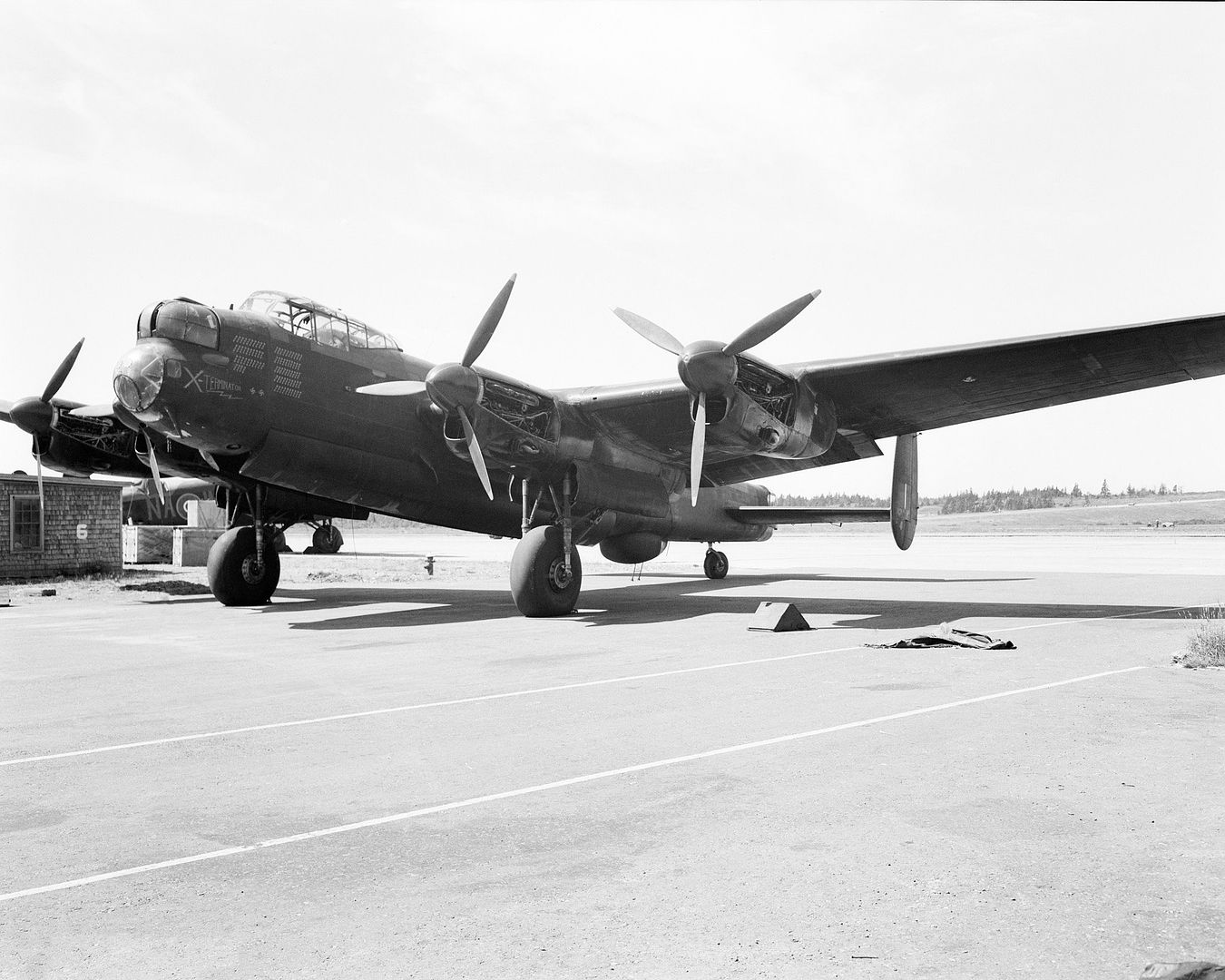
-
 Main AdminThis weekends extra.
Main AdminThis weekends extra.
And staying with Lancaster's.
Postwar in Sweden, jet engines began to be developed. The leading manufacturer was STAL (Swedish Turbine AB Ljungstr?m), which began to test its first engine - named ?Skuten? after a Swedish lake - in the middle of the forties. Skuten was fitted with an axial compressor and had a thrust of 1.500 kp. The next project was the ?Dovern?, which in the variant ?Dovern II? got the Air Force designation RM 4 (RM = Reaktionsmotor). This engine had a thrust of 3.300 kp and was intended for the SAAB 32 Lansen. The last Swedish design was the ?Glan? of 7.000 kp, developed together with Svenska Flygmotor AB (SFA), which still under the name Volvo Aero builds the engines for the Swedish combat aircraft under license. None of the Swedish developed jet engines came into production. In November 1952, the programme for the development of Swedish jet engines was cancelled for good. Instead, license-built British (and later American) engines were chosen for the SAAB fighters.
To test the Dovern engine, a Lancaster Mk I was acquired from Britain (ex RAF RA805) in 1950. The aircraft was modified by Avro at Hamble in the UK. A large pod was fitted under the fuselage to contain the jet engine. The underside of the fuselage was covered with stainless steel plating to resist the heat from the exhaust. For the same reason, the tailwheel was made retractable. A large control panel was installed in the W/O space.
The Lancaster got the designation Tp 80 and the SwAF/n 80001. In May 1951, the aircraft was delivered to Sweden. It was based at FC (F?rs?kscentralen = the Test Establishment) at Malmen near Link?ping. The first test with the RM 4 Dovern was executed in June 1951.
After the Dovern programme was cancelled, the Tp 80 was used for the development of afterburners for the licence-built British engines. The Lancaster was (naturally!) also used as a target aircraft.
Unfortunately, the Tp 80 crashed in 1956. Two of the crew managed to bale out, but the other two were killed.

-
 Main Admin
Main Admin
Post a reply
- Go to Next topic
- Go to Welcome
- Go to Introduce Yourself
- Go to General Discussion
- Go to Screenshots, Images and Videos
- Go to Off topic
- Go to Works in Progress
- Go to Skinning Tips / Tutorials
- Go to Skin Requests
- Go to IJAAF Library
- Go to Luftwaffe Library
- Go to RAF Library
- Go to USAAF / USN Library
- Go to Misc Library
- Go to The Ops Room
- Go to Made in Germany
- Go to Campaigns and Missions
- Go to Works in Progress
- Go to Juri's Air-Raid Shelter
- Go to Campaigns and Missions
- Go to Works in Progress
- Go to Skinpacks
- Go to External Projects Discussion
- Go to Books & Resources

